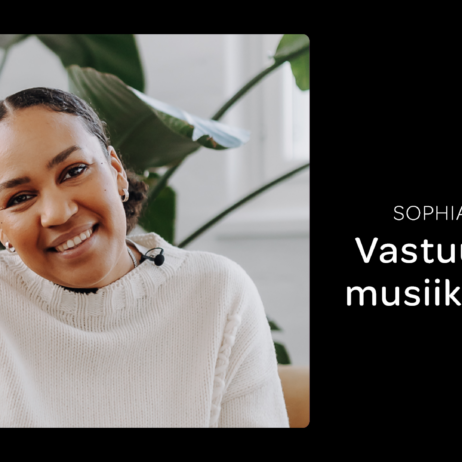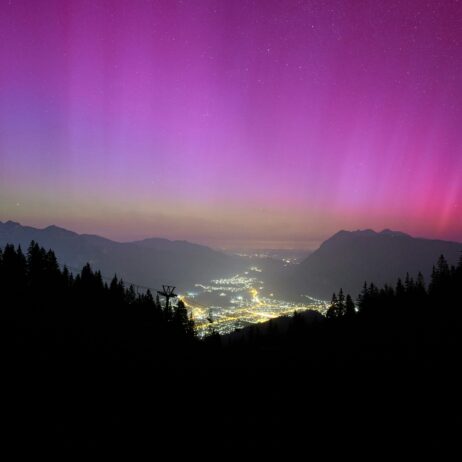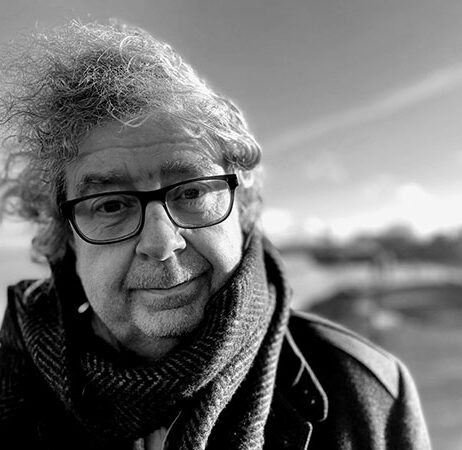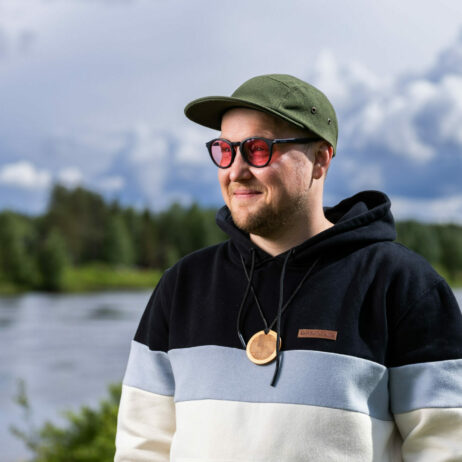Backstage: A monitored future
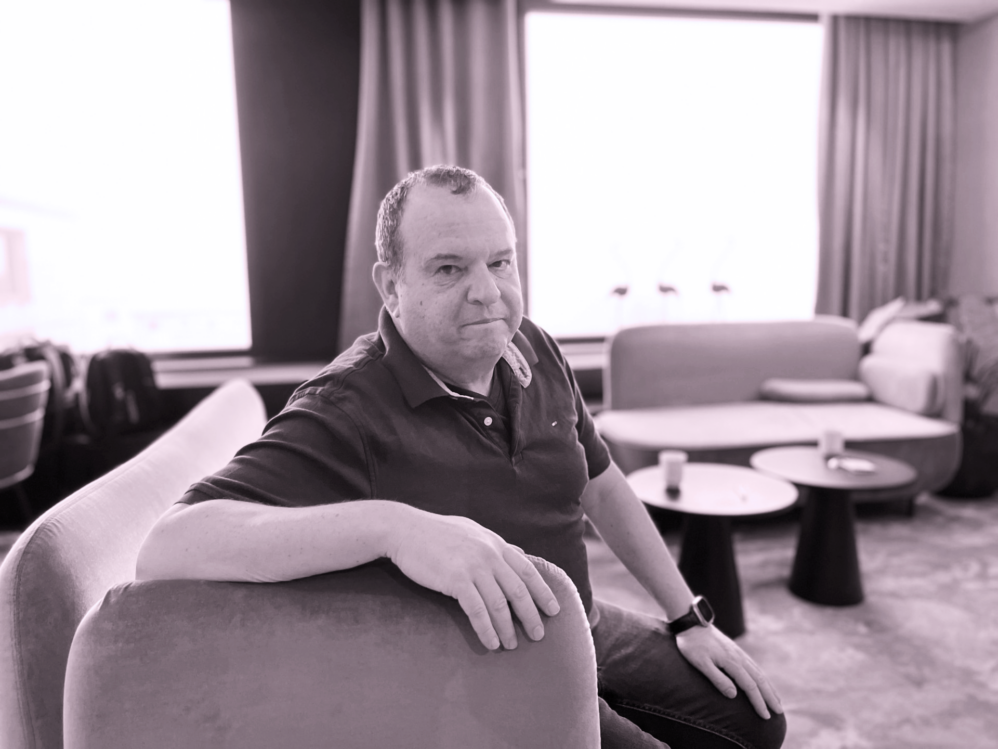
A monitored future
According to Yuri Dokter, founder and CEO of DJ Monitor, music recognition technologies are the future insurance for music professionals and users.

For Yuri Dokter, a Dutch music industry all-rounder, the future of music remunerations does not look nearly as bleak as the weather in Helsinki on the morning of the interview.
Dokter’s company DJ Monitor is one of the world’s leading music monitoring technology companies.
In practice, the company sells and develops data solutions, algorithms and technology for use in identifying music played in clubs, restaurants and festivals.
At the heart of this is the metadata of the recordings, which is an essential part of the multi-step and complex technical process of correctly identifying the recordings. Metadata also helps to ensure that royalties are paid to the right holders.
The company’s founder and CEO was brought to Finland not only by his desire to understand the local market, but also by his close cooperation with Gramex.
Dokter’s message to Finland is that music recognition technology has already revolutionised the way music royalties are collected and paid to music creators, performers and producers. Identification technology is an integral part of the day-to-day running of the music business, especially on streaming platforms.
Now, recognition technology should also be made available for more traditional music usage situations such as live music and background music in public spaces. He invites all copyright organisations to join in this work.
But why?
Let’s pick up the pace.
Even at the most basic level, you realise that music recognition technologies have evolved hand in hand with digital music technology.
However, technology alone only creates opportunities. The reasons lie elsewhere.
According to Dokter, the main reason for using music recognition technology is the need for transparency and accuracy.
Transparency and accuracy benefit both those who need a music licence and music professionals, i.e. rights owners.
“I used to work closely with the Dutch Electronic Music Association. At the time, the association was at odds with the local Teosto organisation BumaStemra over the licensing model for electronic music.”
Dokter explains that the percentage of compensation was negotiated according to the amount of music played at the event, represented by BumaStemra.
So a solution was needed to identify what music was genuinely being played in the clubs, so that the compensation could also be paid fairly to the right authors.
DJ Monitor started in 2005 to collect data on music use at festivals for the first time.
“We wanted to make sure that the licence fees collected were actually paid back into the electronic music ecosystem. Without usage data, there is also no transparent distribution of compensation,” Dokter concludes.
Today, the company Dokter founded provides music monitoring services using proprietary algorithms, database and hardware around the world. In 2022, AlphaTheta Company, owner of the PioneerDJ product line, became a co-owner of the company.
Although the business has expanded, the mission remains the same: to make the whole value chain more accurate, faster and more transparent, to the benefit of both artists and businesses.
Dokter also has first-hand knowledge on what he is talking about.
His musical career began in the late 80s under the stage name Da Juice. Since then, he has worked for record labels, run a recording studio and consulted on the monitoring of music rights.
Next year, Dokter will have been working with copyright organisations in different countries for 20 years.
Customers and partners include Gramex, BumaStemra, SENA, PRS for Music, PPL, SACEM, ASCAP and a large number of music licensing clients such as Tomorrowland ja Parookaville festivals and big media companies like Billboard ja Twitch.
The practical benefits of monitoring have been squeezed out, for example in the contractual peace between Tomorrowland and the Belgian copyright society Sabam.
A long-running contractual dispute between the festival and Sabam was brought to an end when it was decided to tie the pricing of the music licence to reporting on the music identification technology used.
Reporting is done by – who else but DJ Monitor.
From the point of view of ‘blanket licensing’, the new model of Sabam and Tomorrowland based on monitor data is revolutionary.
“Now, with music recognition technology, all remunerations are distributed on the basis of actual music usage – not on the basis of a traditional blanket licence. This means that compensation can be allocated directly to the rights holders of the songs played at festivals. This is, in fact, what you already do in Finland with Gramex for background music in restaurants.”
“I think this is a pretty fair model,” says Dokter.
The benefits have also been demonstrated in the case of copyright payments for the Sensation festival in Madrid.
Dokter says that, for example, the settlement of royalties for Dutch music professionals has improved significantly since the introduction of recognition technology.
“At the festivals, several DJs have played a lot of music by Dutch artists. Yet the artists represented by BumaStemra received rather minimal compensation from their Spanish counterpart for the event. With the help of recognition technology, this situation has been remedied.”
“Music recognition technology can therefore also improve international remuneratio between sister organisations,” says Dokter.
In addition, the technology will allow festivals to target their compensation more precisely according to the number of listeners on the different stages, using not only identification technology but also, for example, the location data of festival-goers.
“Measuring the number of visitors to different festival venues is very, very interesting. For example, the British copyright society PRS wants to experiment with this new model of compensation based on audience numbers.”
But according to Dokter, recognition technology is not just the friend of the artist and producer.
Festivals, live venues, bars and venues also gain significant business benefits from accurate reporting. For example, it is essential to understand how the music played affects sales at different times of day.
“Combining different data streams will also give venue operators more insight into how music affects their business.”
“This has been enthusiastically received. When I spoke on the subject at an international panel, the reaction was that now we have something genuinely useful to offer venues themselves,” says Dokter.
Combining several different data sources has been tested, for example at Club Eden in Ibiza, where the links between music and sales data were explored.
“Eventually, we found out which songs triggered the sale of drinks and how the tempo of the music influenced customers’ movements,” says Dokter.
Gramex has also monitored the use of background music in restaurants in Finland. The feedback from the participating restaurants and bars has been very positive.
“Gramex has always been at the forefront of this – we’ve been doing restaurant monitoring for a couple of years now, and this year you’ve also used the data for in distributions. There are still only a few collctive management organisations in the world using music monitoring technology, only four,” says Dokter.
“We have used the data from the monitoring to target our distribution. The restaurant owners have been pleased with the basic fact that the compensation for music played in their bar is now being paid to the right musician,” says Tuomas Talonpoika, Director of Gramex.
In the future, recognition technology could also help in the identification of AI music.
“In one of our experiments, we were able to identify up to 90% of the tracks created by the AI from the educational sounds it used. I didn’t expect such a good result, even for myself.”
Still, the help may be temporary.
“This only works now with the current generation of AI – in the future there will be many more AI songs fully created by generative AI. In all likelihood, the identification of educational material will no longer be an issue in the future.”
But even then, recognition technology can help identify AI-generated tracks.
“If there is a track in the data we process that has been published in any current way, we can identify it. And if the AI produces music that is not in the catalogues, we can identify that too,” says Dokter.
Price is often a barrier to the use of technology. This has also been a concern in Finland.
“I have always been very impressed by the way the Scandinavian countries are harnessing technology. But it’s clear that even in a country with large geographical distances, the resources or resources of one organisation are not enough to monitor everywhere,” says Dokter.
In response, Dokter offers closer cooperation between organisations.
“Forward thinking could be taken further. One way to do this would be through multi-organisational collaboration. This would provide greater scale and cost benefits, as well as more coherent reporting.”
And perhaps a little more certainty for the future.
